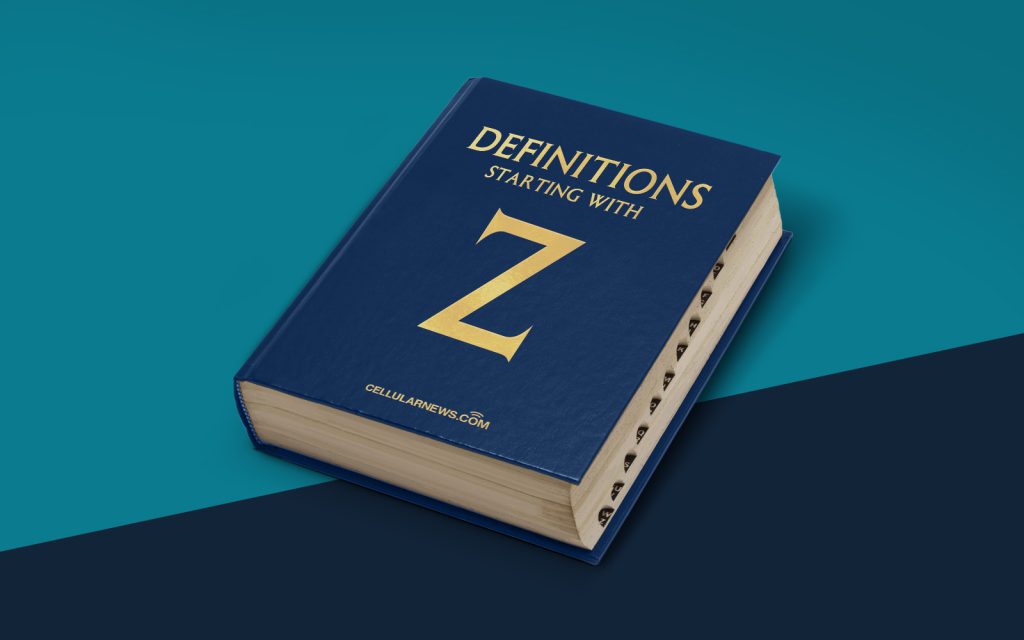
Introduction
Welcome to the “Definitions” category on our page! Today, we are going to delve into the world of technology and explore the fascinating concept of Zip Disks. Have you ever heard of a Zip Disk? If not, don’t worry! In this article, we will provide you with an in-depth understanding of what a Zip Disk is and why it was once popular in the technology industry.
Key Takeaways:
- Zip Disks were a type of removable storage media used in the late 1990s and early 2000s.
- They offered larger storage capacity compared to traditional floppy disks and were faster and more reliable.
The Evolution of Storage: From Floppies to Zip Disks
In the early days of computing, floppy disks were the go-to storage medium. However, as technology advanced, the need for a more robust and spacious solution arose. Enter the Zip Disk, a removable storage device that revolutionized data storage during the late 1990s and early 2000s.
What is a Zip Disk?
A Zip Disk refers to a high-capacity, portable storage medium that was introduced by Iomega Corporation in 1994. It was essentially a removable disk similar in appearance to a floppy disk but with much greater storage capacity.
The Zip Disk had a rigid case, usually made of plastic, which housed the magnetic disk inside. This construction offered better protection to the data stored on the disk, minimizing the risk of damage or corruption.
Why Were Zip Disks Popular?
Zip Disks gained popularity for several reasons:
- Increased Storage Capacity: Unlike floppy disks that typically offered a storage capacity of 1.44MB, Zip Disks came in various capacities, ranging from 100MB to 750MB. This meant that users could store significantly more data, making it an ideal choice for larger files and applications.
- Improved Speed and Reliability: Zip Disks were faster and more reliable compared to floppy disks. Thanks to their higher rotational speed and advanced error correction technology, data transfer was quicker and less susceptible to data loss or corruption.
- Compatibility: Zip Disks were designed to be compatible with both Mac and PC platforms, making them versatile and widely accessible.
The Decline of Zip Disks
Despite their initial popularity, Zip Disks faced tough competition from emerging technologies. As CD-Rs and, later, USB flash drives became more affordable and accessible, they quickly gained traction as the preferred storage solutions. These alternatives offered larger capacities, better portability, and ultimately rendered Zip Disks obsolete.
With the advancements in cloud storage and the increasing popularity of solid-state drives (SSDs), the era of physical storage media like Zip Disks gradually faded away, becoming a relic of the past.
Conclusion
In summary, Zip Disks were a significant advancement in the world of data storage, offering increased capacity, faster speeds, and improved reliability compared to traditional floppy disks. However, with the rapid pace of technological evolution, they were overshadowed by more advanced options like CD-Rs and USB flash drives. Nonetheless, Zip Disks played a crucial role in the transition from older storage mediums to the modern solutions we use today.
